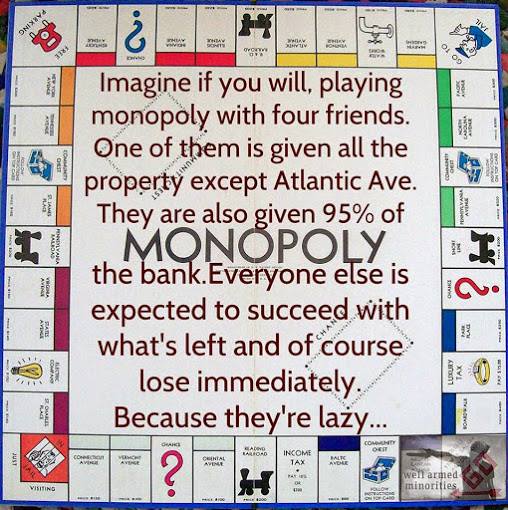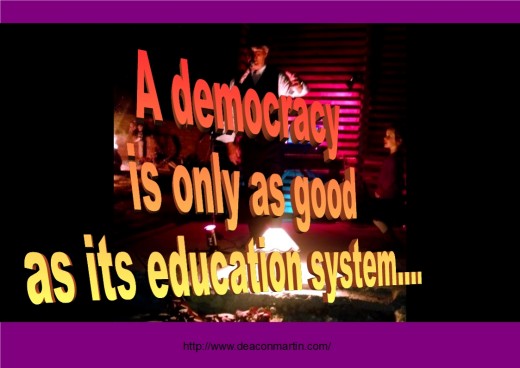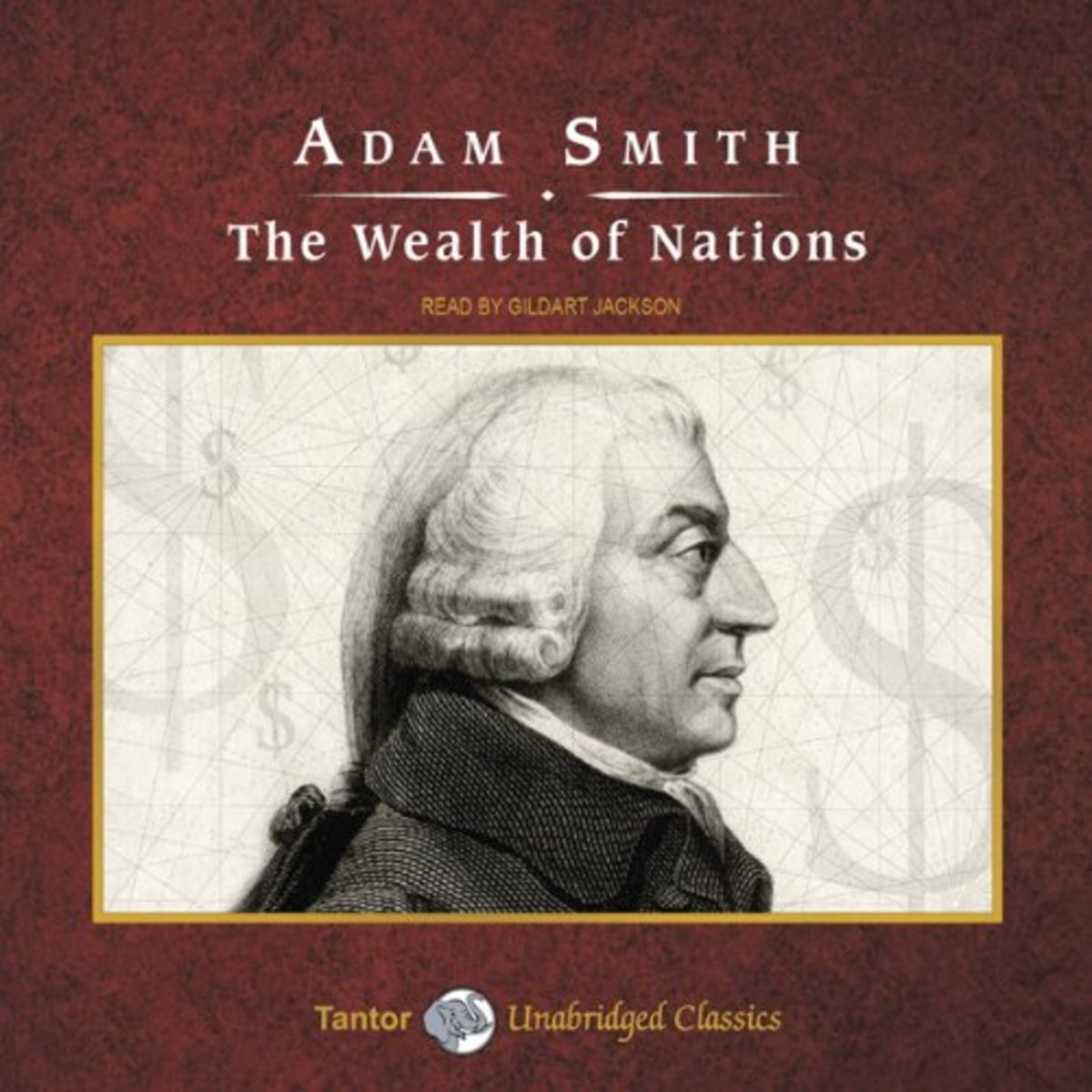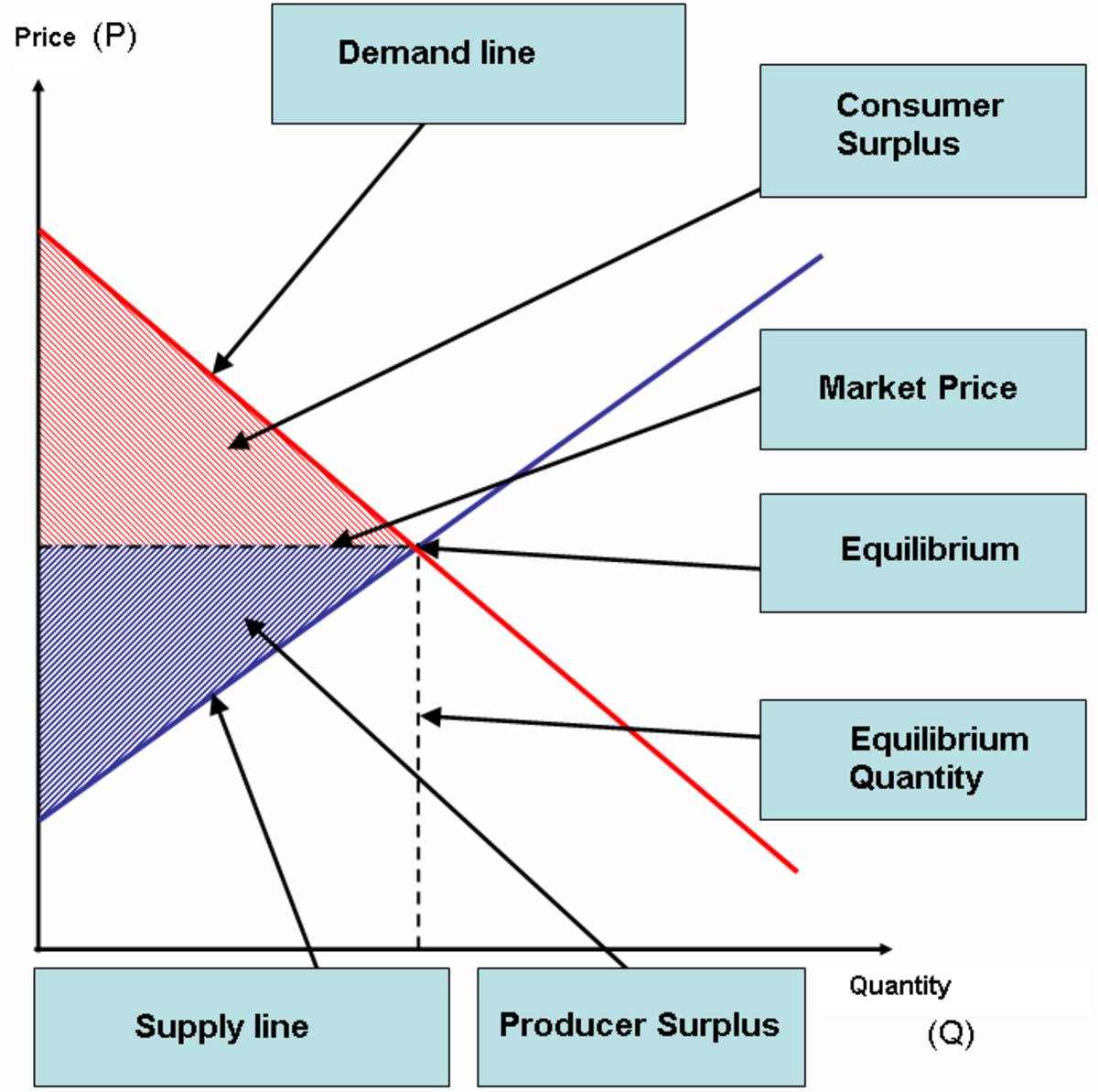Guidance for Government - Economics

Part 4 of 4 - Economics
"Localising the Economy"
fabric of community
In some circles, "fabric of community" is a readily accepted concept. The theory is that individuals within communities establish complex strands of communication with each other. These may be friendships, extended families, work relationships, trading relationships, transport pools, educational support groups, leisure clubs, mutual interest groups, and so on. One individual may have a single strand of communication with another, or many such strands as they interact on many different levels. The strands may be utilitarian, formal, and expendable, or they may be very deeply emotional, or combinations of the two. Collectively, these strands form the fabric. The fabric is fairly robust insofar as it can handle a certain amount of change; a certain amount of coming and going. But major upheavals cause the fabric to tear, and although it is difficult to attribute a cash value (for the benefit of people who can only understand cash values) to such tearing, the most profound consequences are usually experienced in terms of severe detriment to quality of life.
And however unquantifiable it may be, quality of life is what most "economic development" practitioners would agree they are endeavouring to protect and enhance.
What sorts of things threaten the fabric of community? The most recognisable and graphic are natural disasters such as floods, landslides, and collapsing slag heaps. Economic development practitioners are not well placed to anticipate and pre-empt these. However, what economic development practitioners are well placed to anticipate and pre-empt is major economic upheaval. And this is where our broader purpose comes in. We are endeavouring to protect the fabric of community from unnecessary economic upheaval.
If you’re still with me, let’s look at economic upheaval. In a small community of 30 or 40 households, the closing of the corner shop can be a major economic upheaval. The individual strands of communication can be significantly disrupted, the fabric torn. In a larger community of many thousands of households, one or two corner shops coming or going could not be said to be a major upheaval. It follows that a shopkeeper in the smaller community could be said to have a higher level of obligation to that community than a shopkeeper in the larger community. Within the dominant western economic model, shopkeepers are free to do what they wish with their shops regardless of what communities they may find themselves in. They are, in fact, obligation free.
Likewise in a community, large or small, where a percentage of the workforce is reliant upon a single employer, the plans and intentions of that employer become important to the fabric of the community in direct proportion to the percentage of the workforce so reliant. The higher the percentage of the workforce employed; the greater the importance of that employer to the fabric of that community.
If that employer employs a high percentage of the workforce and is owned by Sir Jammy Fishpaste through a string of off-shore accounts, it could safely be said that fabric of community is not a consideration for that employer and that it (the fabric) is in double jeopardy.
A rough matrix begins to emerge with percentage of local workforce reliance along one side and distance (say in miles, but also in units of indifference) from locality of the ownership of the enterprise along the other. If you take zero to be lower left, straight lines progressing close to the edges can be seen to be less threatening to community fabric. Lines progressing up toward the top right-hand corner can be seen to be getting chancier and chancier as far as fabric is concerned.
protecting fabric of community
So, how do we protect fabric of community from economic disruption?
By diversifying the ownership of significant centres of local economic activity into local hands. In the example of the corner shop in the small community, we implement schemes which allow the local community to bid for the purchase of the shop in the event of the owner wishing to move out. In the example of the dominant local employer, we implement schemes which allow the local community to bid for the purchase of the business in the event of the owner wishing to close down and/or move on.
There is no intention here to push community purchase down anybody’s throat. If the community expresses no interest in such buy outs, clearly, nothing happens. If the proprietor insists on a fair price for his or her enterprise, a fair price must be found. As long as the facility to make such purchases is in place and in the public knowledge, over time, more and more of significant centres of economic activity will come into local common ownership. And the more these centres come into common local ownership, the more stable the local economies will become and the better protected the fabric of their community will be.
defining Common Ownership
Let us try to abstract the broadest possible interpretation of what we might be trying to achieve through "economic development" (ED) strategies. ED strategies (should) endeavour to secure for the community the protection of its fabric. Economic stability contributes to the protection of that fabric. Diversification into local ownership of a significant and stabilising percentage of local enterprise can contribute to economic stability.
However, there are a hundred and one variations on the theme of "local ownership". It could mean a transfer into the hands of a local wealthy benefactor, or the church, or the Rotarians. Any of these would serve the purpose insofar as they can be trusted to retain the enterprise within the community. If they cannot, the problem is simply being deferred to a later date.
"Common ownership" is a term coined by the international co-operative movement to denote ownership of enterprise which is held in trust. That is to say, common ownership enterprises are enterprises which are held in trust by employees or community groups who fully recognise the obligations owed by that enterprise to the fabric of its host community. Enshrined in its constitution will be principles which assure that long term decisions cannot be taken without reference to its impact upon the community it serves.
There are many thousands of experts and treatises on these topics (search the internet for "co-operative" as a starting point). Many give historical, theoretical, and empirical context to all that is being said here. I would simply urge you to call upon this vast resource as you set about trying to establish an economic development strategy.

See also....
© 2010 Deacon Martin








